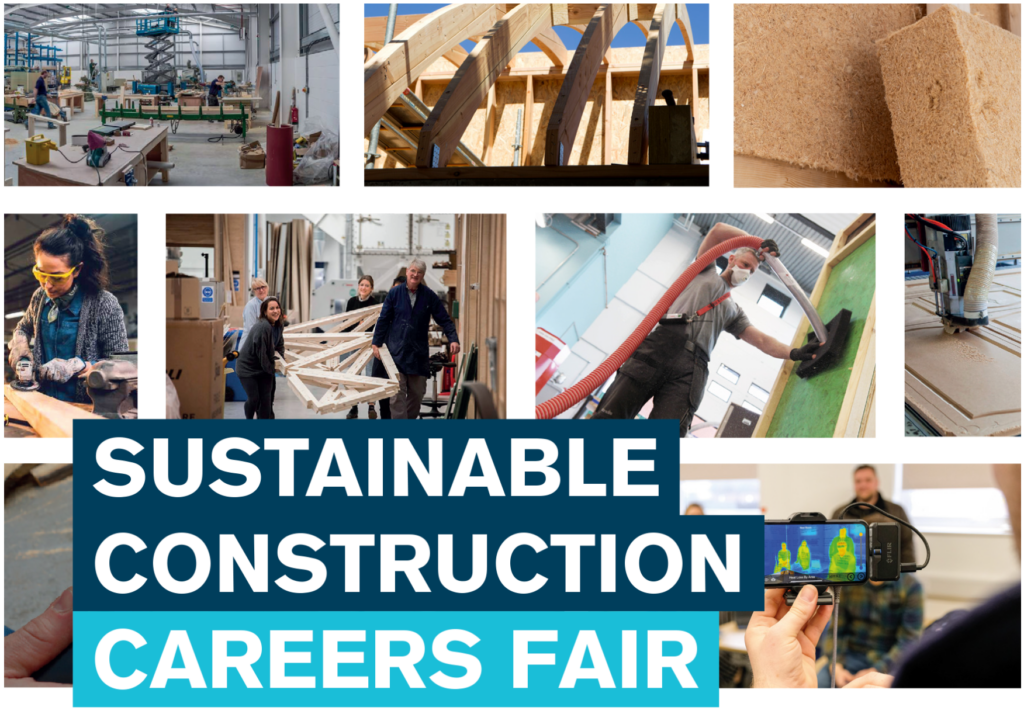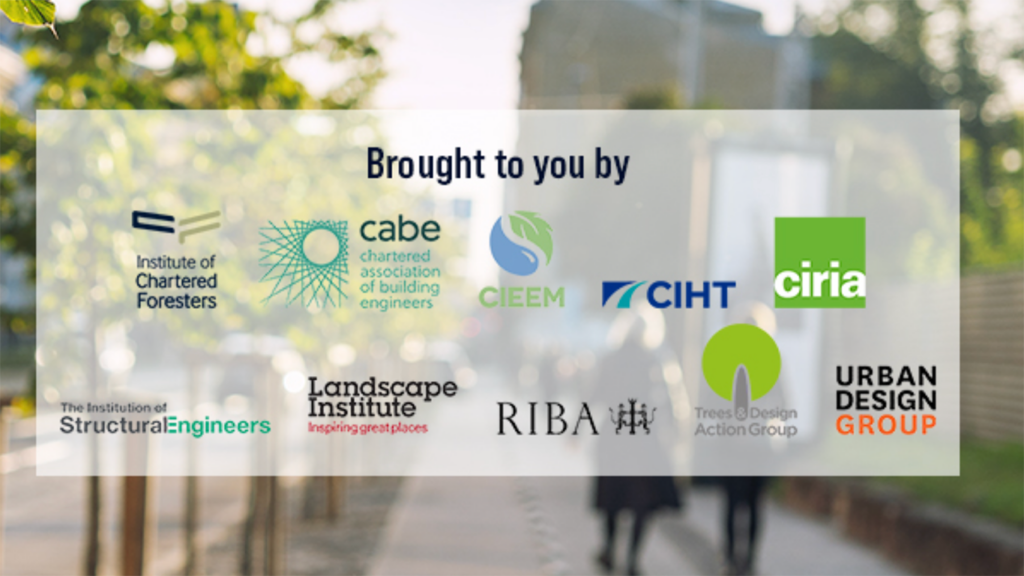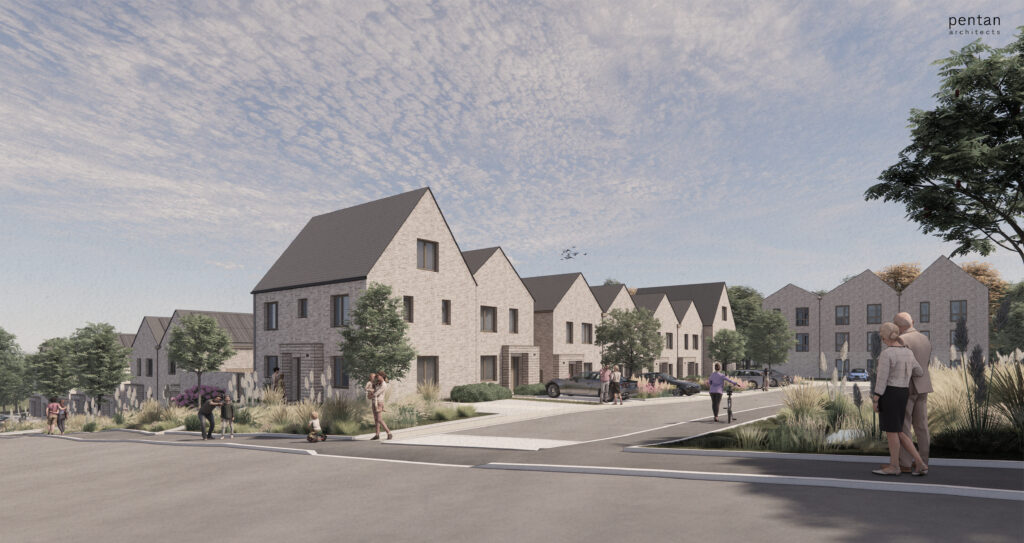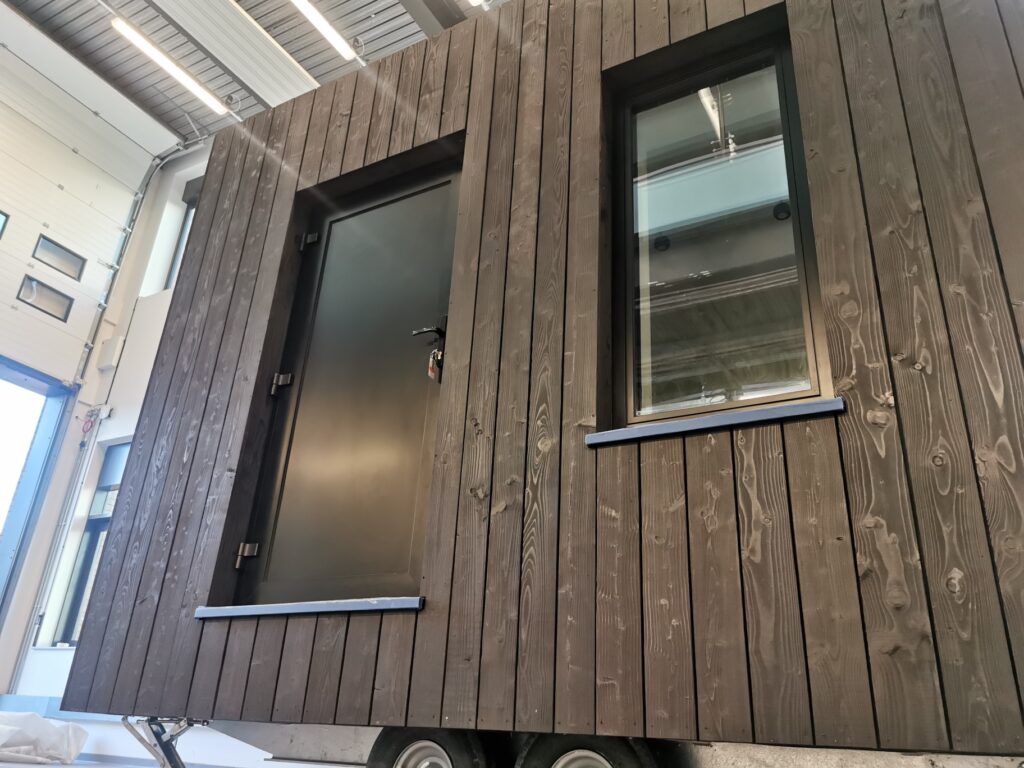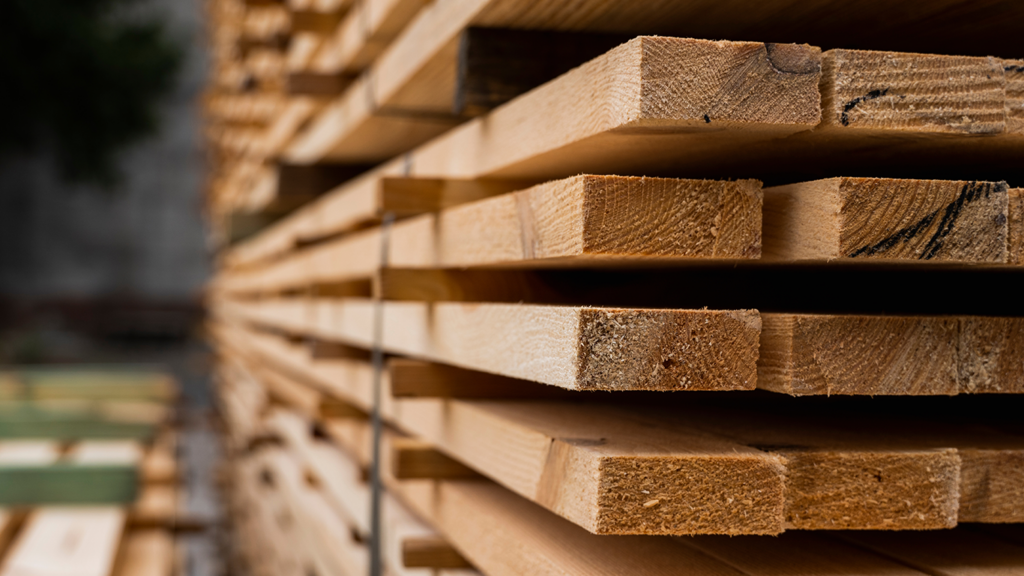Introducing WoodBUILD 2024 workshop sponsors:
Wales & West Housing

Source: Wales & West Housing
Woodknowledge Wales is please to announce that Wales & West Housing is sponsoring WoodBUILD 2024. Sponsor representatives attending the event will include Jo Curson, Director of Development and Marcus Blayney, Planning, Strategy and Improvement Manager.

Wales & West Housing

Wales & West Housing
As workshop sponsors, Wales & West Housing will join other sponsors and exhibitors in presenting an elevator pitch during the first plenary session. In the meantime, we asked Jo to give us a quick overview of the organisation.
Taking the climate emergency seriously
At Wales & West Housing, we take the climate emergency seriously and have a robust environmental strategy that demonstrates our commitment to a more sustainable future and achieve ‘net-zero’ by 2050. We are taking action to increase our sustainability and reduce our carbon footprint across the homes we build and manage. One of our priorities is building low-carbon homes using timber-frames and support the Welsh timber industry. We also focus on enhancing the natural environment and biodiversity when we build new homes.
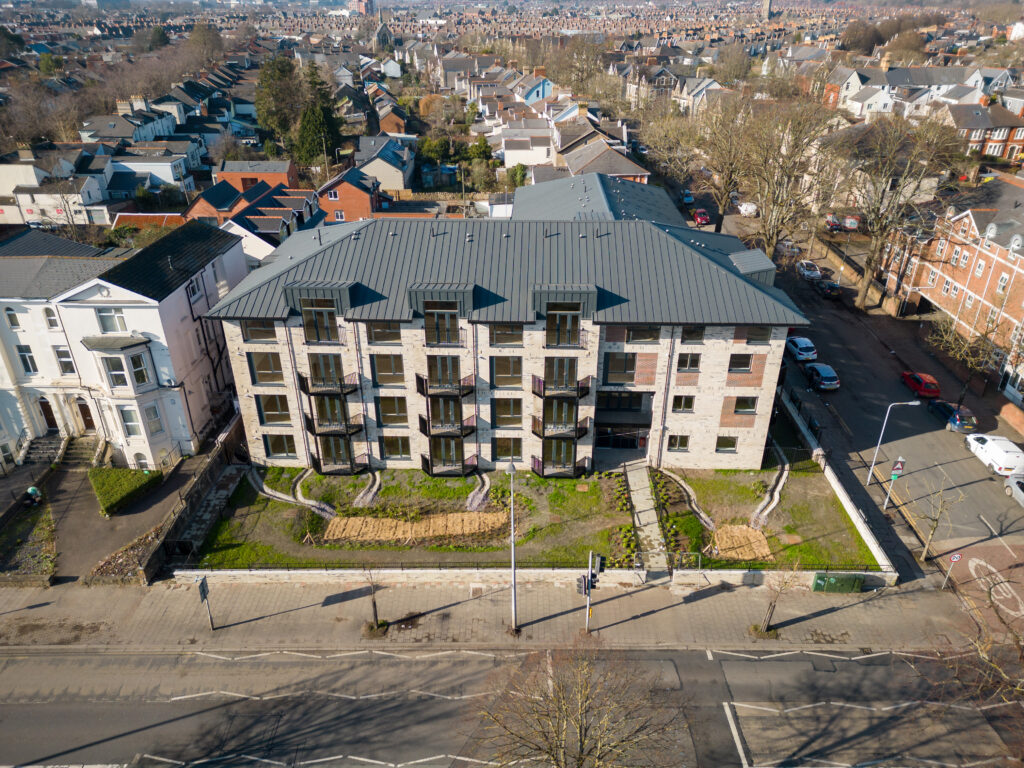
Source: Wales & West Housing
Wales & West Housing is a large registered social landlord that provides homes and services to more than 20,000 people across Wales. We own and manage almost 12,400 homes for affordable rent and have a long history of building new affordable homes to help solve the housing crisis. As a responsible business, we take the climate crisis seriously and have a robust environmental strategy that demonstrates our commitment to a more sustainable future and how we will achieve ‘net-zero’ by 2050.
Working with the Carbon Trust, we have calculated our carbon footprint across our homes, our offices and vehicle fleet and have a roadmap to help us achieve a more sustainable future.
Building low carbon homes
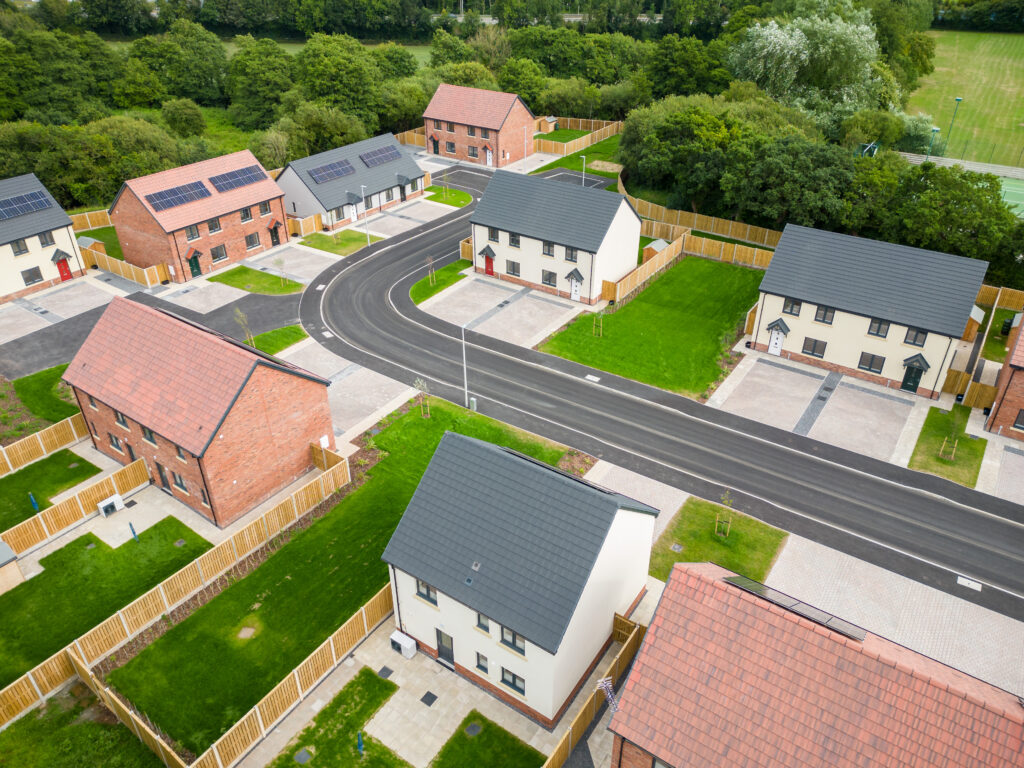
Source: Wales & West Housing
One of our priorities, and that of Welsh Government, is building homes that are low carbon in operation.
For a number of years, we have been creating new homes that don’t rely on fossil fuels. These are all built to an EPC A rating, moving away from gas with increased emphasis on renewable technologies for the production and storage of electricity. Building homes that are more energy efficient means they are warmer and lead to reduced energy bills for residents, as well as reducing carbon consumption.
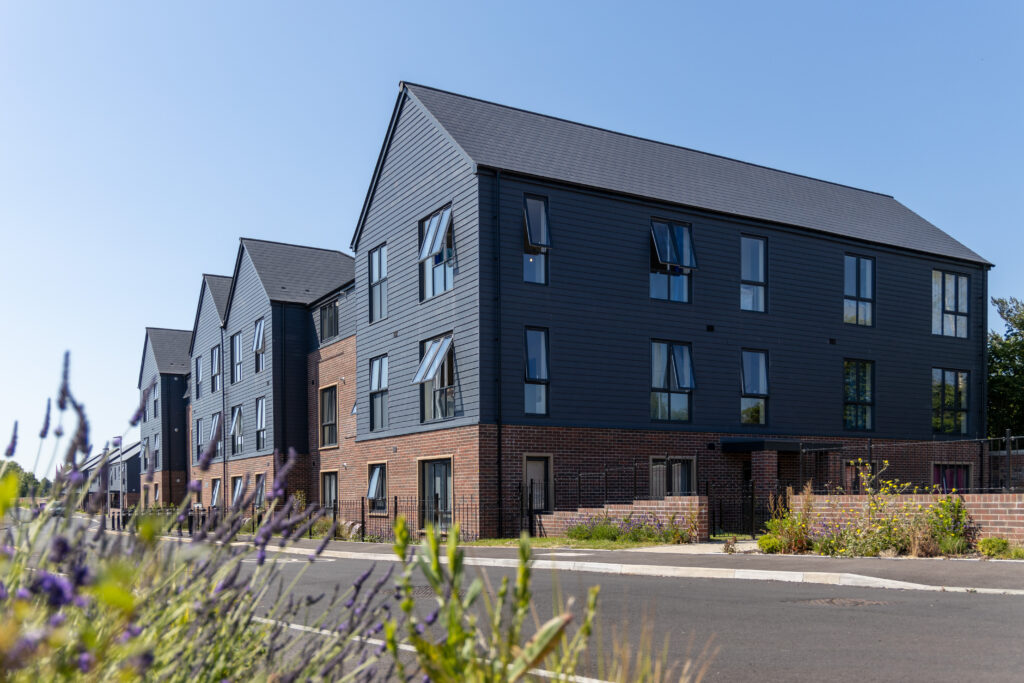
Source: Wales & West Housing
We have increased the use of timber in the construction of our new housing. Timber is the most sustainable, carbon neutral material available and one that lends itself to more sustainable offsite manufacture. It also locks in carbon through its growth and can be re-used or recycled with minimal carbon impact, unlike other materials. By collaborating with Welsh companies, we are playing a part in supporting the homegrown timber industry.
Features that enhance the natural environment and biodiversity to attract and protect wildlife are also important when we build new homes. On many of our developments, especially those in rural areas, we manage and maintain hedgerows, provide places for bats to roost and birds to nest, create areas for protected species, highways for hedgehogs and plant areas with wildflowers to attract insects.

Source: Wales & West Housing
Our new developments are also designed to manage rainwater in ways that copy nature by creating natural sustainable drainage systems, which also improve biodiversity. These areas are developed to be rich in flora and fauna, featuring swales and basins to hold water during wet weather or ponds and wetland areas planted to encourage wildlife habitats and biodiversity.
By demonstrating our commitment to a more sustainable future through our developments we hope to encourage others to work with us to achieve our collective goal.
Catch up with Jo Curson and Marcus Blayney, and find out how you can assist in co-creating a resilient timber value chain find out more and register for WoodBUILD 2024 now.
